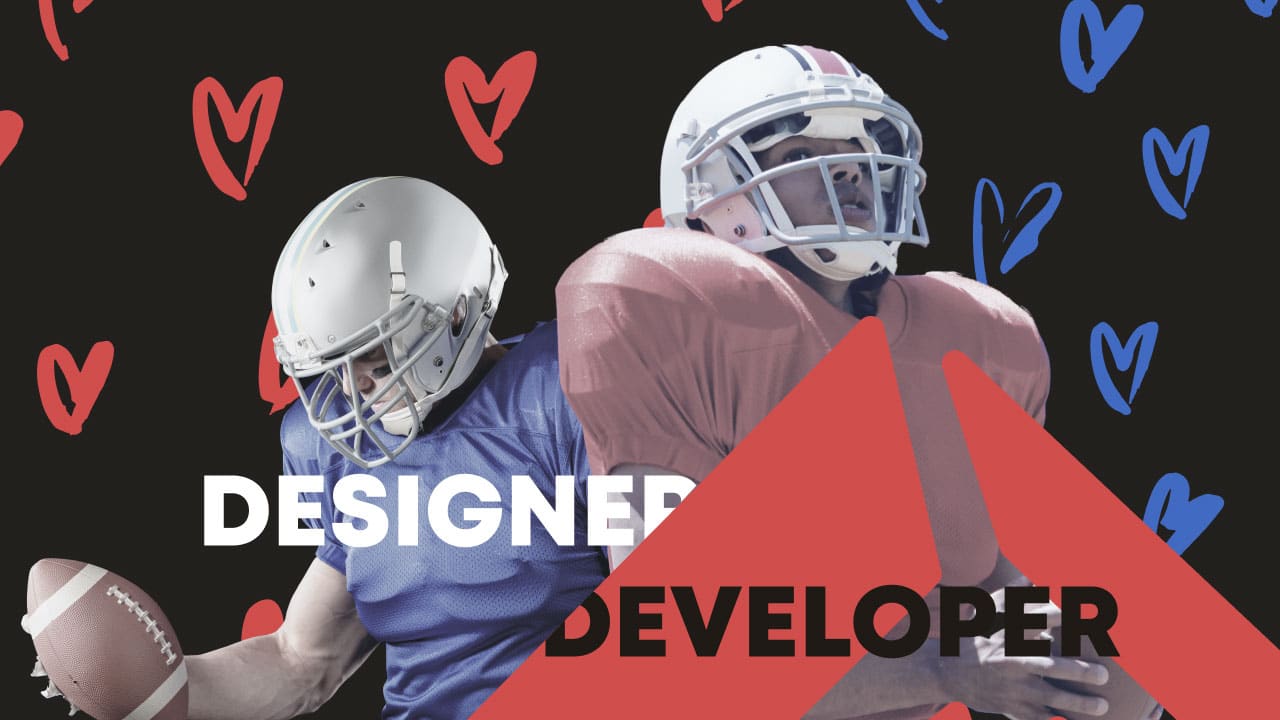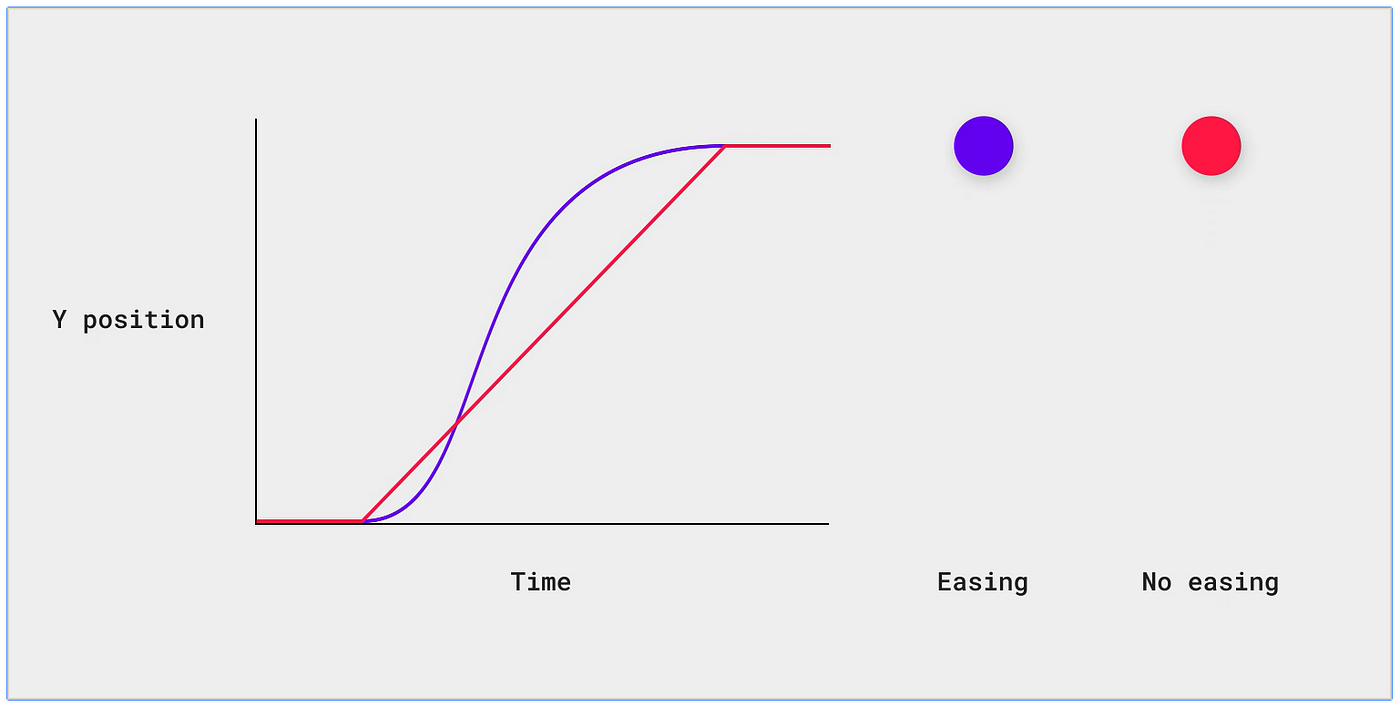
Designer and Developer: We are in the same boat!
FOR A HAPPY DESIGNER X DEVELOPER COLLABORATION
The collaboration between Designer (Des) and Developer (Dev) in a project is always one of the essential criteria to drive the project to success. In order to have a great collaboration throughout the project, choosing the right communication approach plays a critical role, which can boost team productivity or ruin the whole game.
Usually, there are 3 approaches to the interaction model between Des and Dev in a project:
- Interactive communication: Des and Dev working together in an SDLC, have a close (verbal) communication.
- Deliverable-oriented communication: Des and Dev communicate via deliverable, what could be the design files (Zeplin, Figma, PSD, etc.), or design documents, etc.
- and The hybrid one: Mix-up those two, depending on the context.
Each approach has advantages and disadvantages, depending on the context, the scope of the project, resource availability… Therefore, it is important to know when to use which approach and why, so we can optimize the productivity of the team.
In this article, we will be focusing on the pros and cons of the Interactive Communication approach, but let’s first start with the context of applying for both:

The Advantages of Interactive Communication approach:
✔️ Limit misunderstanding/miscommunication issues
In some situations, there are parts of the design that cannot or very difficult/time-consuming to be documented. In this case, the best way is to have Designers and Developers sitting together and clarify verbally what is exactly the Designer’s idea, therefore, the Developers can implement it correctly without making assumptions.

✔️ Reduce iterations
When there is miscommunication, there will be more iterations of questioning and clarifying the design later on. It is always more efficient to communicate verbally when it comes to explaining or clarifying the design in the early phase (before/during implementation). Interactive communication can reduce lots of iterations as well as assumptions made by both sides, Design and Development during the project.
✔️ Reduce the risk of having technical limitation and reduce project complexity
Not every Des has the technical knowledge and the same, not every Dev has UX/UI design knowledge, so it is beneficial to have both working together while designing/implementing, to find solutions together. UX/UI Designer provides ideas from a logical/user point of view while the Developer provides solutions from a technical point of view. The combination of both would create a great solution.
✔️ Motivate each other
Designer designs product and Developer implement the final product. One would not work properly and efficiently without the other. In our team, we love to interact and motivate each other as well as discuss and innovate solutions. In the end, we are happy to see the design implemented successfully, aligned with the blueprint, as the result of great teamwork.
The downsides (to keep-in-mind)
Besides the Advantages, there are always rooms for attention when we do Interactive Communication, few are listing below:
⚠️ Underestimated documentation
Because we have a close verbal interaction, sometimes documentation is underestimated or skipped to save time and effort. But this is a threat to the project. Lacking documentation will make it difficult to recall decisions when there are problems that happen, or when the members of the project are changed, it will be very difficult to manage information as well as transfer project knowledge.
- Solution: Determine the formality level of documentation before the project starts. Always estimate effort spending for documentation even it’s a low priority in that period of the project, then use the reserved effort to document Must-have rationale later on. This will help to recall the decisions or provide the materials to the team who inherits the design in the future.
⚠️ Over — interaction
Over-interaction can happen, that’s when the team is spending too much time for meetings and discussions. This thread might be hard to notice and has less impact at the inception but later on, it can turn into a big issue when we have less remaining time for the development.
- Solution: Create a proper communication strategy at the beginning with a communication matrix (you can just create once and reuse for other projects later). The communication matrix defines what to discuss; when to organize and who to involve.
Design is an enjoyable process and having a nice collaboration between Designer and Developer even makes it more joyful for us.
In the next article, I will write about the Deliverable-oriented Communication approach and how to optimize it for a nice Des x Dev collab. Stay tuned!


